|
Another tour that didn't take place due to the coronavirus. Since many of you enjoyed the virtual Celebrating Sardinia tour and the Theory & Practice of Italian Cheese course, I’m going to lead you on a virtual Woad & Wool tour. Arm yourself with a cup of coffee or a glass of wine and enjoy the journey. Since my tours take you far away from the well-trodden tourist routes, a couple of maps will help you get your bearings. Saturday 16 May 2020 You’ve already arrived at Arezzo, a beautiful little town in southeastern Tuscany. I advise arriving a day or two before the tour so you can get to know it. There are many things to enjoy, and I only take you to the ones you probably won't find on your own. You’re probably a weaver or spinner or dyer, or maybe you’re interested in beautiful handcrafted objects even though you don’t make them yourself. You definitely like eating good natural food made with local ingredients! Right now we’re having lunch at my favourite restaurant in Arezzo, La Tagliatella, where mamma is in the kitchen, a son is a distinguished sangiovese wine sommelier (Chianti is mostly sangiovese grapes) and I’ve never seen another tourist. I introduce you to my dear friend and co-leader Cheryl Alexander of Italian Excursion, and we’re all talking excitedly as we get to know each other. After lunch we drive east and slightly north, over a mountain pass from Tuscany into the region of Le Marche. Take a good look at the trees. They were felled and floated down the Tiber River to be used as beams for many of the magnificent churches of Rome. We descend to the Metauro River valley and arrive at Oasi San Benedetto, a 9th-century former Benedictine abbey. In the abbey dining room, dinner cooked by the inimitable Patrizia Carlo is super-abundant and anything but plain. The first of our stomach-stretching exercises. Sunday 17 May 2020 Today we get to know the Metauro River valley. Fifteen minutes down the valley is Mercatello sul Metauro. Beatrice Cantucci has organised our morning, which starts with a tour of her mediaeval town. As fascinating as her tour is, it’s the women of the local lacemaking club and the men of the Academia del Padlot who win the day. The women are such good and patient teachers that you manage to make a creditable strip of lace even if you’ve never touched a lace bobbin before. Of equal skill among the pots and pans of the kitchen are the men who cook our lunch in their clubroom over a bar (=pub). They’re delighted when I ask if we can come into the kitchen to watch them at work. I’d be incredibly nervous frying so many eggs, but there’s no better combination than perfectly fried egg and the crispy fried goleta di Mercatello (pork cheek similar to bacon). After lunch some of you might opt to go back to the monastery for a virtual rest, but I wouldn’t advise it because our visit to the Roman house in Sant’Angelo in Vado is too interesting to miss. Unfortunately for the inhabitants, but fortunately for us, in the 6th century AD the Ostrogoths totally destroyed the town and it was completely silted over by the Metauro River. The mosaic floors of the Domus del Mito (House of Myth) are so well preserved that you feel as if the Roman family, who lived here toward the end of the 1st century AD, have gone shopping and will be back soon. Monday 18 May 2020 Today is our virtual woad dyeing workshop with Max, one of the highlights of our virtual Woad & Wool tour. We roll out of bed, grab some breakfast and meet Max next door at his Museum of Natural Colours. The lengthy preparation of blue dye from leaves of the woad plant (Isatis tinctoria) made it affordable only by the aristocracy. One of those was Federico da Montefeltro, Duke of Urbino, who ruled this part of Le Marche in the 15th century. I’m sure you know this portrait by Piero della Francesca, who we’ll meet later in the tour. He’s depicted in red, but in fact the Montefeltro colours were blue (woad) and gold (reseda or dyer’s weld). I hope this year was a better year for reseda. Since last year was terrible, we used imported annatto instead. Max does lots of workshops with children, and besides the dyeing, you find yourself grinding pigments and painting with them. In the afternoon we join Patrizia in the kitchen for a lesson preparing food of various colours. 'I just got some local violet potatoes’, she says excitedly. ‘Let’s make gnocchi’. And you do. Tuesday 19 May 2020 Sad to say, this morning you must leave the virtual Oasi di San Benedetto, but I promise you that the rest of the virtual Woad & Wool tour will be equally entrancing. We drive from the region of Le Marche back over the mountain pass into Umbria. A friend of mine who studies history obsessively explained to me that Le Marche translates as ’The Marches’ which in mediaeval Europe was a border between realms, in this case three: Tuscany, Umbria and Romagna (now part of Emilia-Romagna). We are touring the orchards at the Archeologia Arborea (Arboreal Archaeology) with the inspirational Isabella dalla Ragione. With her father she started salvaging ancient local fruit varieties, many dating back at least to the 15th century. She studies their representations in paintings and books and has discovered recipes for how they were used. There are so many more interesting facets to Isabella’s life that I can’t tell you everything in this small space. A good reason to come on the real tour in May 2021. It’s a 10-minute drive into Città di Castello where we have lunch at Trattoria Lea, take a quick look around the town and meet at Tela Umbra a Mano for a private tour of the linen mill and its museum. Can you believe, they are still weaving fine linen sheet-width fabric by hand! Two women sitting next to each other at each 19th-century loom. In the museum you see antique Perugia towels, the blue decoration dyed with woad. Sorry no photos allowed, so you’ll have to come to see them. And there’s a touching love story and a friendship with Maria Montessori, the founder of Montessori schools. We could easily spend more time in this fascinating city, but it’s getting late and we have a half hour drive to our accommodation at Agriturismo Terra di Michelangelo. Wednesday 20 May 2020 Last night our virtual Woad & Wool tour took us to Agriturismo Terra di Michelangelo. Yes, that most famous Renaissance artist was born only 10 minutes from the farm. I’m not taking you there because on my research trip I decided, although they’ve done their best, a simple house is just a house. Instead we’re going to Anghiari to visit the much more exciting Busatti weaving mill. It’s still in the private ownership of the Busatti family, and the first time I went I was privileged to be shown around by Giovanni Busatti himself, who even took us up to the private guest apartment on top floor. Today Michelangelo Formica, head of sales, leads us into the bowels of the building where the 19th-century jacquard looms are clanking away. Michelangelo shares my philosophy about the value of quality. When he’s at an international textile fair, if he’s approached by a buyer asking for his lowest price, Michelangelo replies, ‘I’m not the right supplier for you’. At the end of the tour, you can’t resist buying some of their luscious linens. It’s worth checking the scrap room where you’ll find real bargains. Until you come on the tour in May 2021, you can shop online at here. If any restauranteurs are reading this, Busatti will work with you to create unique table linens for your restaurant. Sorry if this sounds like an advertorial, but I love the people and the establishment. Depending on how long you spend shopping at Busatti (last year Jenny bought fabric for a huge table cloth), you have free time to explore Anghiari and have lunch. I have two favourites. Last year I went to Talozzi Bistro, so today I’m going to the Cantina del Granduca (the Cellar of the Grand Duke). It sounds posh, but don’t forget it’s his cellar where a mother and son preside. You can even get a good salad, which by now you’re really craving. Soon it’s time to meet in the main piazza for the 10-minute drive to Sansepolcro. The early Renaissance artist Piero della Francesca was born here, and we’re going to the Civic Museum to see some of his work. The masterpiece here is his 'Resurrection'. Aldous Huxley called it the greatest painting in the world. This absorbing video gives you an excellent foundation for our visit. After the museum, some of you visit the Aboca Museum of medicinal herbs and others wander through the town. I’m going to the duomo to revisit a painting that makes me laugh. Now we return to our agriturismo to learn how to make the classic Tuscan cantuccini (you probably call them biscotti), which are so good after dinner dunked in vin santo (Tuscan dessert wine). But first a relaxing aperitivo on the terrace. Gabriele serves us the salumi (prosciutto, salami, etc) he makes from his heritage Cinta Senese pigs. Thursday 21 May 2020 Today the virtual Woad & Wool tour heads north into the Casentino. Never heard of it? You’ll know it well by the end of the tour. It’s only an hour’s drive through rolling hills to the mediaeval fortified town of Poppi where we meet Luca Bellugi at the workshop of his late aunt Elisa. She was an accomplished weaver and fashion designer, but is most famous for having woven a blanket for the Pope and curtains for Jacquie Kennedy. It’s lunch time, and I hope by now you have complete trust in me. If not, your heart will sink as we drive onto the forecourt of an Esso station. We enter the small marquee at the side and there before us, as if by magic, is an elegant dining table. Course after elegant course of local food paired with local wines arrive in the hands of the three Marzi brothers and their nephew Francesco. After our virtual gourmet lunch at the Esso station, we’re happy to reach the Castello di Porciano above Stia where we’ll stay until the end of the virtual tour on Monday. Now we’re dining at the water mill Mulin di Bucchio, very near the source of the Arno River, the one that flows under the Ponte Vecchio at Florence and down to the sea at Pisa. You can see its strange route here from top right (near where we’re sitting) running south and hanging a U to go back north to Florence. I don’t know why, but water mills fascinate me. Perhaps it’s the simplicity of the machinery (even I understand how it functions) and the energetic efficiency. Naturally flour is the protagonist of the meal. Friday 22 May 2020 Everyone who wants a virtual morning walk in the sun down the hill from the castle to Stia should leave now. Those going with the driver can relax for another 15 minutes. We arrive at the Museo dell'Arte della Lana (Museum of the Art of Wool) for our tour and weaving workshop with Angela Giordano. The museum is in a woollen mill, a beautiful example of 19th-century industrial architecture. All the machinery was powered by water. It finally closed in 2000 after a steep decline due to competition from synthetic fabrics. The strong, warm rustic wool is called panno casentino. After being woven the fabric is fulled (washing and beating to compact the fibres) and napped (pulling up fibres using hooked needles to create a fuzzy surface). Both processes increase the water resistance and warmth of the fabric, important characteristics in a shepherd's cloak as well as garments intended for an aristocrat's draughty castle. I first heard about the museum when I received an invitation to a temporary fashion exhibition there. Angela leads us in a weaving workshop. Experienced weavers can do monk’s belt weaving, and the rest backstrap weaving. It’s only a 5-minute walk to our restaurant on the old main street of Stia. On our way we step into Pieve Santa Maria Assunta. When you’re in a romanesque church, always look up. The capitals of the columns often depict strange pagan creatures. Filetto restaurant next door presents a short menu of typical Casentino dishes. I’m having acquacotta. It means ‘cooked water’, but is in fact yet another Tuscan dish for using up stale bread. You stew onion, celery and tomatoes in vegetable broth, and at the end of the cooking poach one egg per person right in the pot. After lunch we finish our workshop with Angela, before going next door to Tessilnova. where owner Claudio Grisolini is expecting us. It was his father who popularised panno casentino culminating in Audrey Hepburn wearing a coat made of it in ‘Breakfast at Tiffany’s’. Claudio takes us behind the scenes to a vaulted room which was part of a woad processing mill. It’s been a full day. Time to relax with an aperitivo and dine at Osteria Toscana Twist—local Tuscan ingredients prepared with a modern twist. Saturday 23 May 2020 Virtual yesterday was dedicated to weaving and textiles. Virtual today it’s food. We’re off to visit cheesemaker Lorenzo Cipriani and his pasta wizard mother Miranda. Picture yourself travelling along winding mountain roads and then a dirt track to their sheep farm at the end in the Casentino Forest National Park. It’s a beautiful day, and Lorenzo decides to make cheese outside. In the photo below he’s taking curd from the pot to make raviggiolo. You probably haven’t heard of it, partly because it’s only made in a few places in Tuscany, but mainly because you have to eat it very fresh, within two or three days. Way too short a shelf life for supermarkets! We have it as antipasto for lunch drizzled with Lorenzo’s olive oil. Next out of the cheese pot is pecorino. Lorenzo cuts the curd to allow the whey to come out, then gathers the curd with his hands, lifts it from the whey and puts it in moulds to drain and eventually to age. In the kitchen we gather around Miranda to watch her make tortelli di patate (potato ravioli), a speciality of the Casentino. We don’t make them in my part of Tuscany. To you they might sound like carbohydrate stuffed with carbohydrate, but they’re wonderfully light and flavoursome served with sage butter and grated pecorino. You have a free afternoon on the virtual Woad & Wool tour. Maybe you walk on one of the many paths around the castle or maybe you write emails to family and friends or maybe you relax in the sun. Now we’re at dinner at La Buca in Soci, just down the river from Stia. Last night was your chance for vegetables. Tonight the speciality is tagliata. Tagliata means sliced. In Tuscany it's a thick rib steak, grilled rare and cut vertically into slices. There are other dishes on the menu, but if you like beef, this is the place to have it. They serve it with the most more-ish fried potatoes I’ve ever eaten. Sunday 24 May 2020 I’m so excited about today’s activities on the virtual Woad & Wool tour. I’m taking you to the Osteria da la Franca at Corezzo for a hands-on lesson making the tortello alla lastra and then to the herbal pharmacy and hermitage of the Benedictine Monastery of Camaldoli. Tortello and raviolo are members of the same family: little stuffed pasta pillows (if they end in ‘i’, they’re plural). What you call them depends on where you are and what they’re stuffed with. The tortello of Corezzo is stuffed with potato, similar to the tortello Miranda made for us, but they’re not cooked in boiling water. Instead they’re cooked on a lastra, a slab or sheet or plate, in this case of stone which is heated over an open fire, like a griddle. Owners Daiana and Mattia (and their three young children) welcome us and introduce us to their cook Loredana. She’s a patient teacher and you’re excellent students. Don’t eat too many! Loredana and Mattia have prepared a big lunch for us. As we drive along the mountain road to Camaldoli, are you thinking, ‘Why another Benedictine monastery? We’ve already stayed in one.’ Camaldoli is different. There is still a community of monks and hermits living here. The setting is extraordinary. Not bare and rocky like the nearby and better known Sanctuary La Verna where St Francis is said to have got the stigmata. Here the mountains are lush and wooded, because for centuries the monks planted 4–5,000 fir trees every year, helping prevent global warming before it became critical. We visit the herbal pharmacy at the monastery. The museum is full of fascinating instruments: stills for distilling essences and huge ceramic storage jars. I would have liked to have walked up to the hermitage, but since it’s raining lightly, we drive. We glimpse the hermits’ simple houses through a gate. But it isn’t all austerity, as testified by the interior of the chapel. We take a different route down and pass a clearing full of Eremurus bulbs glowing like candelabras in the misty air. We arrive slightly chilly and damp at the Locanda dei Baroni, opposite the monastery, happy to find a fire burning in the hearth. Monday 25 May 2020 It’s the last day of the virtual Woad & Wool tour and time to leave the castle where Federica, Martha’s righthand woman, has looked after us so well. Don’t be too sad. There’s one more adventure awaiting you at Arezzo. We have a virtual visit to a painting restoration studio. It was recommended to me by the woman who also told me about the wool museum at Stia. Before my first visit in 2017 I had no idea of how you restore ancient paintings. The work is detailed and painstaking, but also exciting. I’ve visited three times and the women, who call themselves Art Angels, have always been working on a polyptych of 13th-century wooden panels painted by Pietro Lorenzetti, the older but less famous brother of Ambrogio, whose 'Allegory of Good and Bad Government' you might have seen in Siena. Marzia shows you the techniques they use to uncover the original painting. The good news is that they finally finished! The opening was scheduled for 17 April, but had to be postponed due to Covid-19. I wonder what they’ll be working on next year. And now it’s time for virtual hugs and kisses (allowed under social distancing rules) before we scatter to further travels and home. If I’ve whetted your appetite for Tastes & Textiles tours, head on over to my Tastes & Textiles web page to find out more. You’ll find dates for tours in 2020 and 2021. There are still places on the Wine to Dye For tour starting on 15 September 2020. If you’re interested, let me know. I’m not requiring a deposit until we’re all more certain about the possibilities for travel this year.
0 Comments
Your comment will be posted after it is approved.
Leave a Reply. |
Email Subscription
Click to subscribe to this blog and receive notifications of new posts by email. AuthorErica Jarman Categories
All
Archives
October 2023
|
|
copyright 2017 sapori-e-saperi.com | all rights reserved
|
Website by Reata Strickland Design

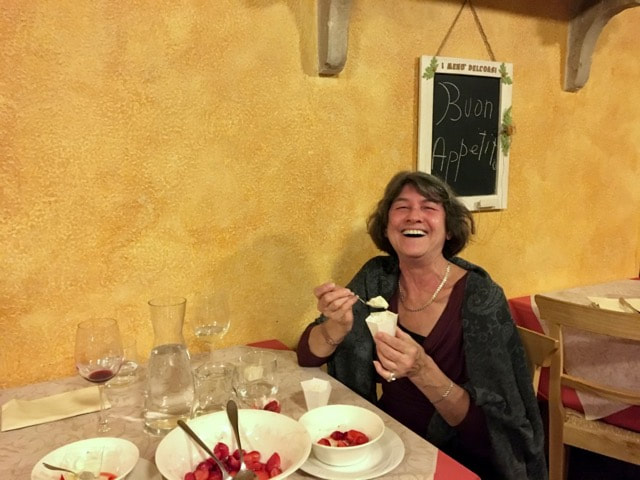
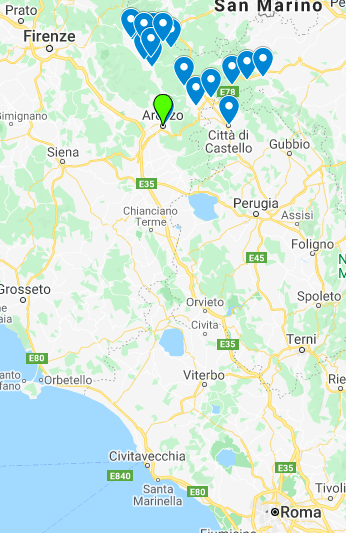
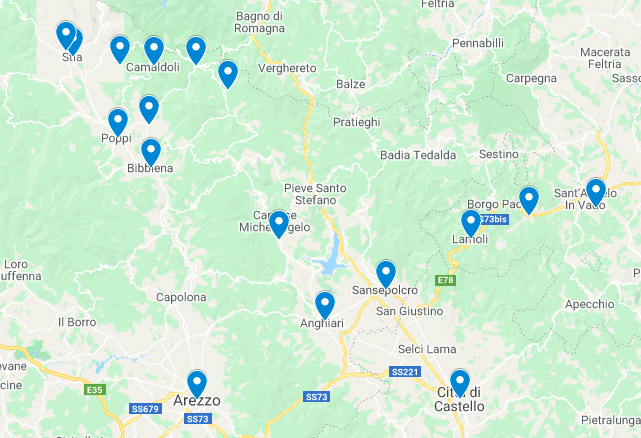
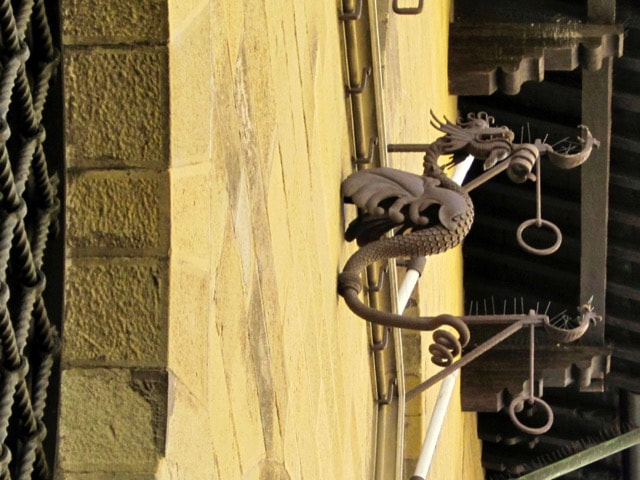
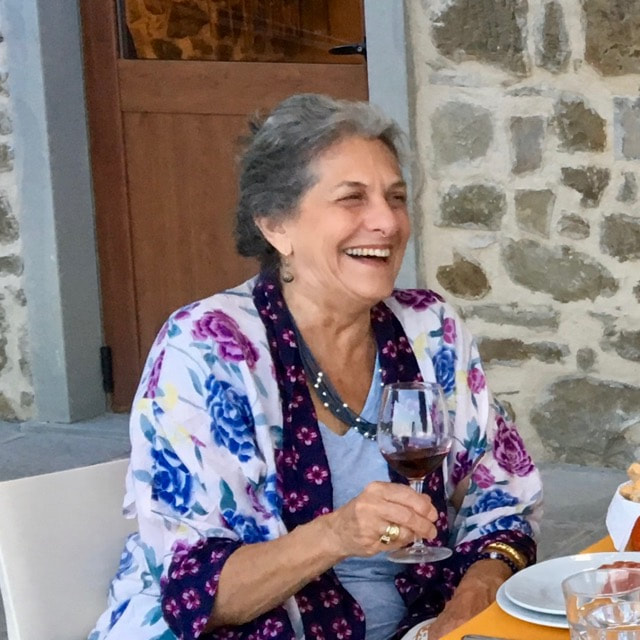
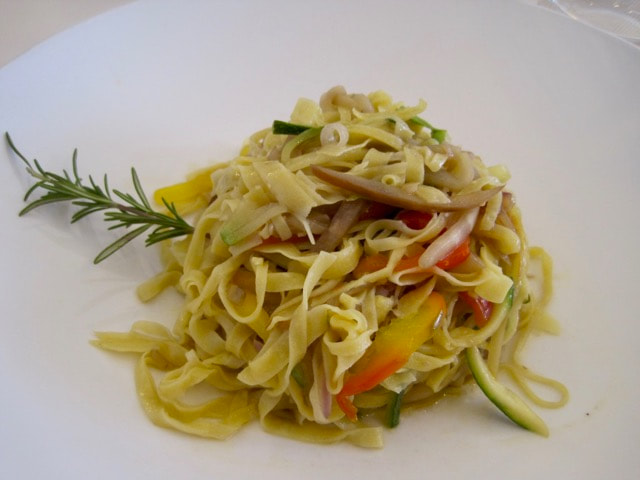
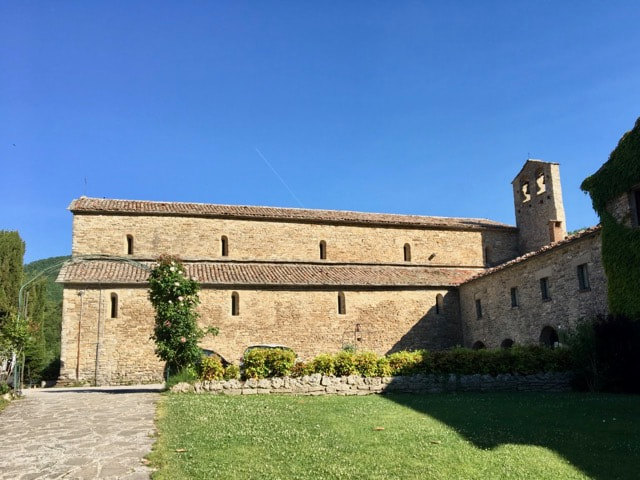
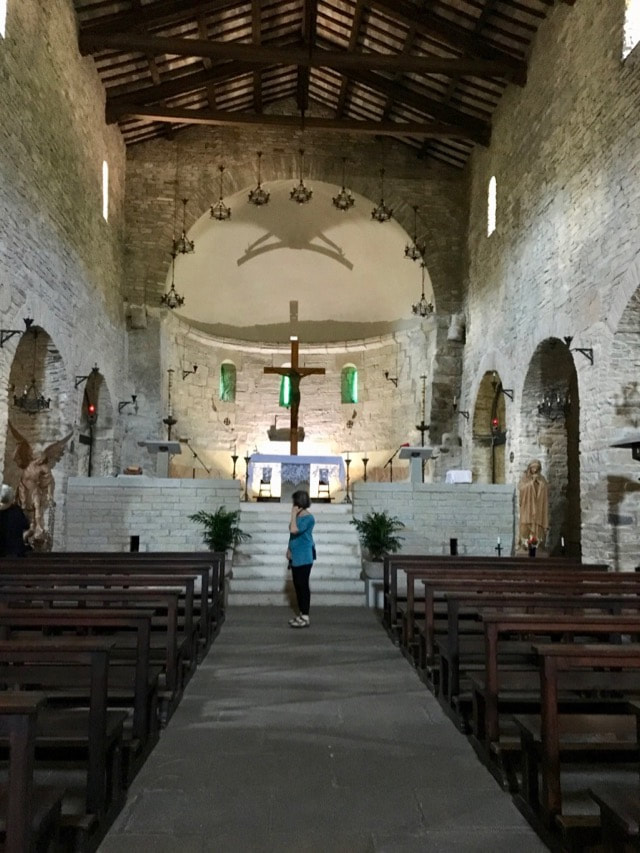
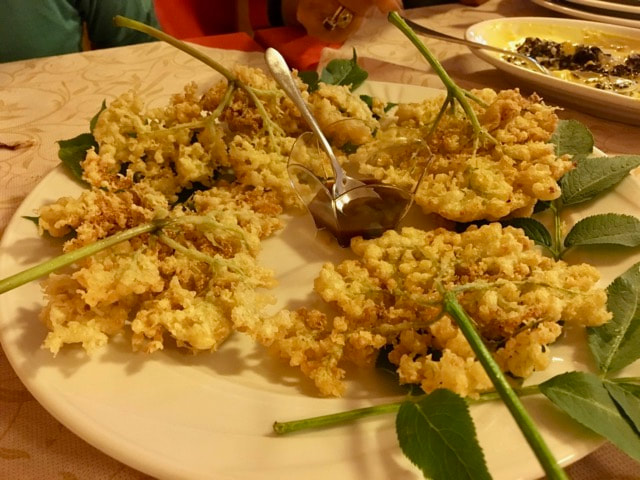
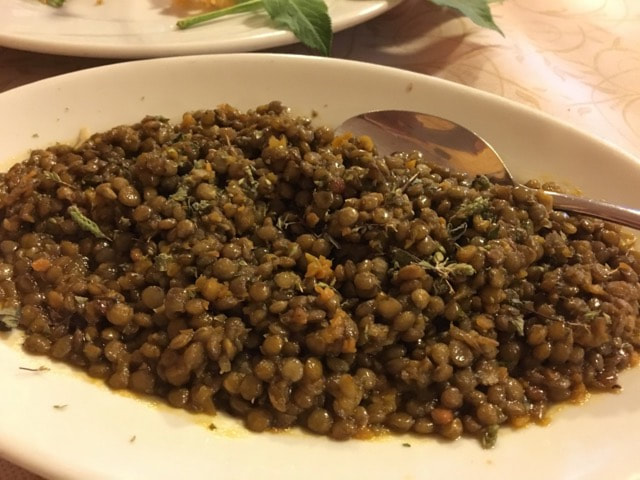
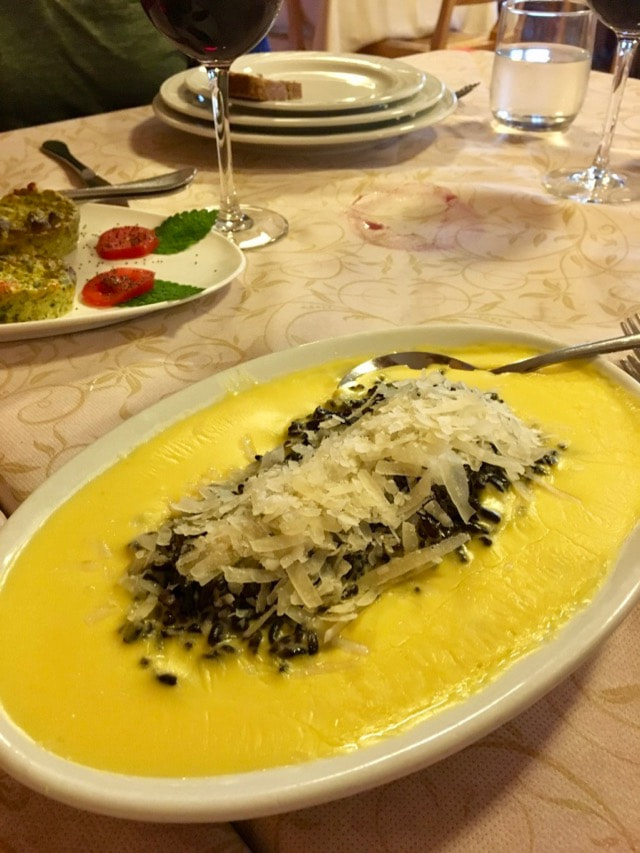
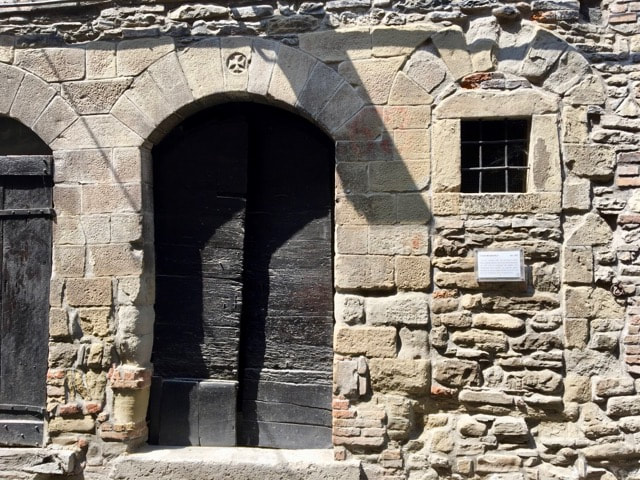
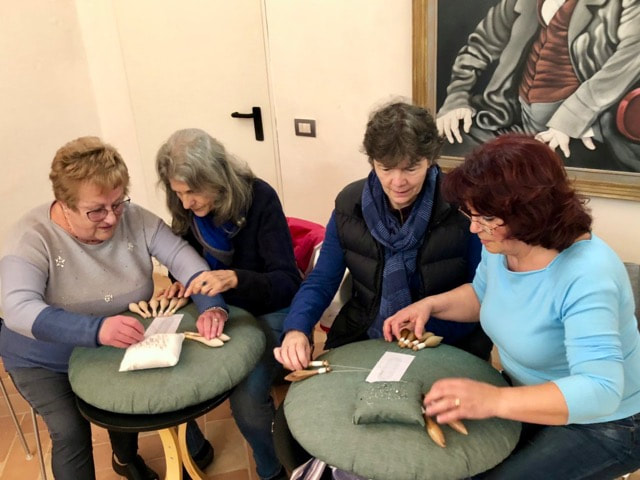
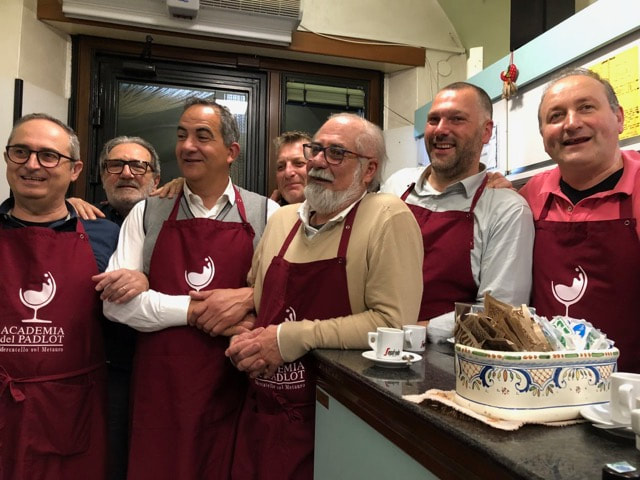
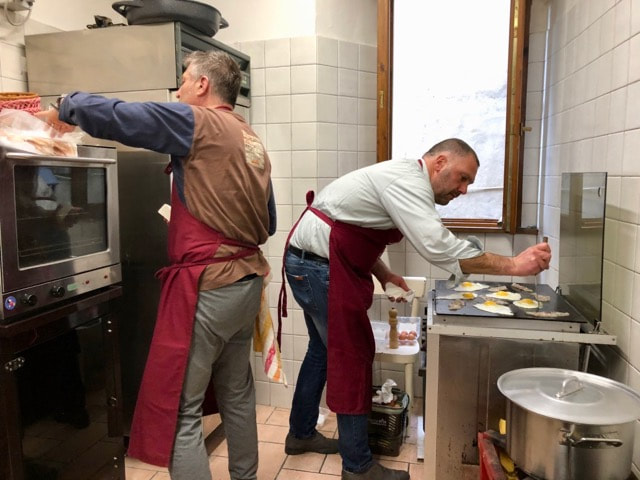
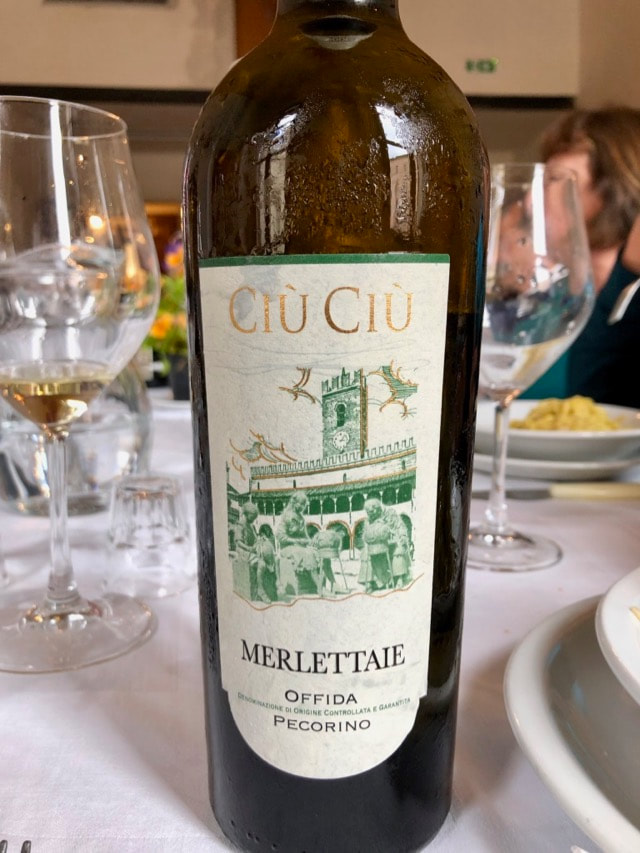
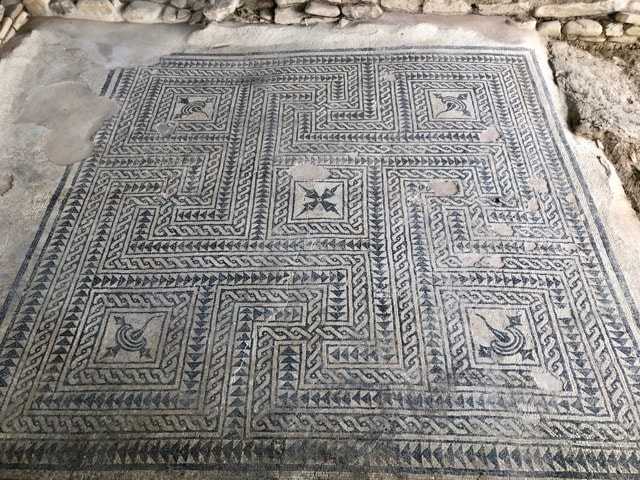
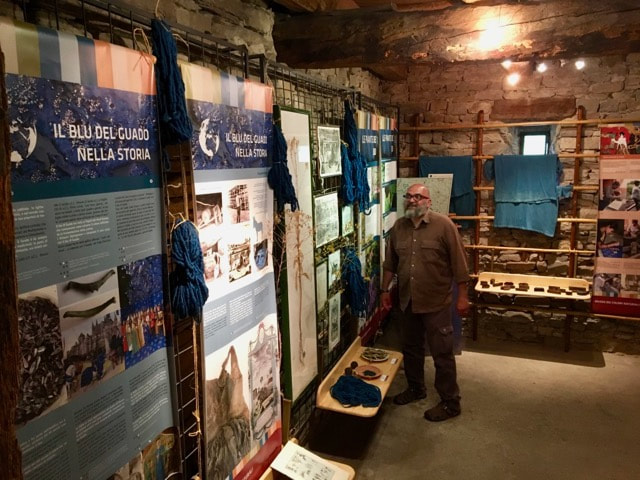
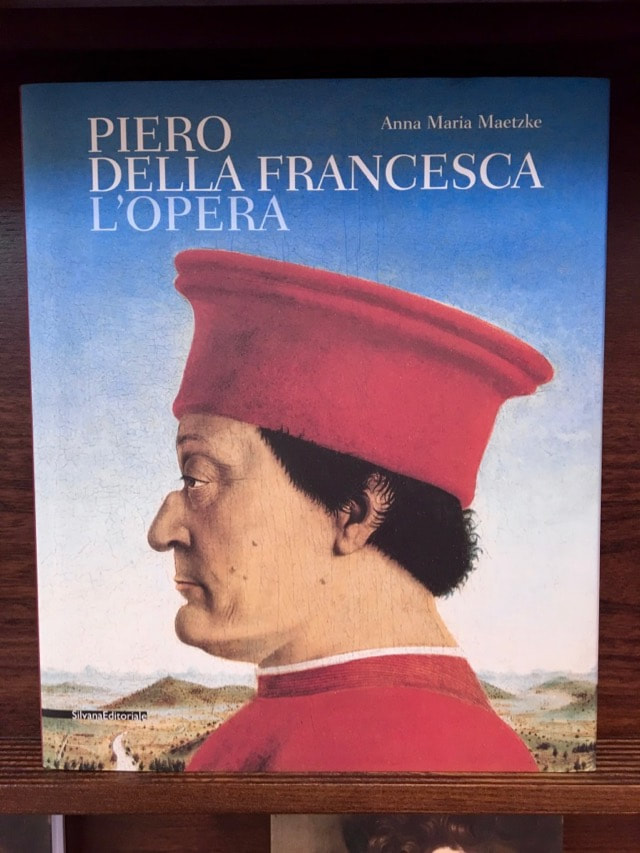
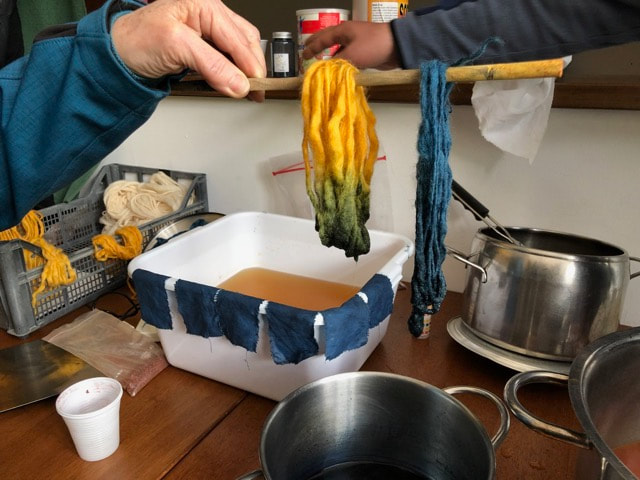
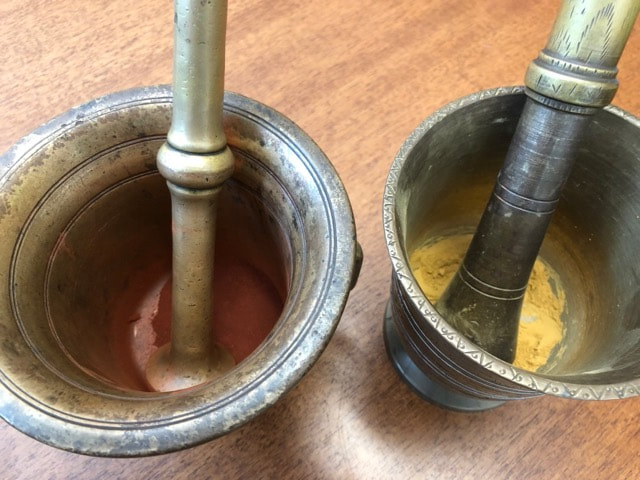
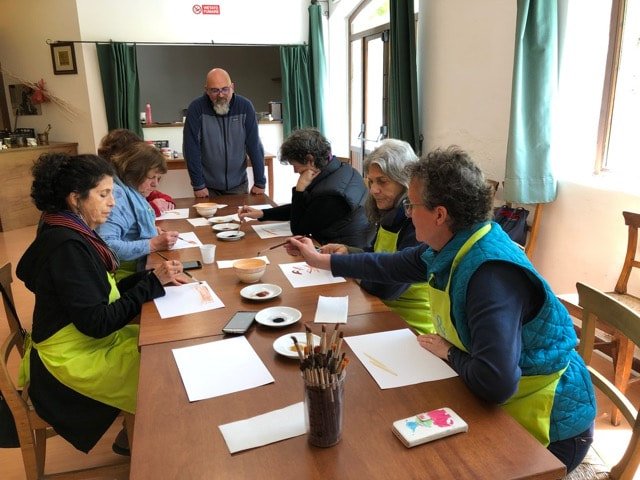
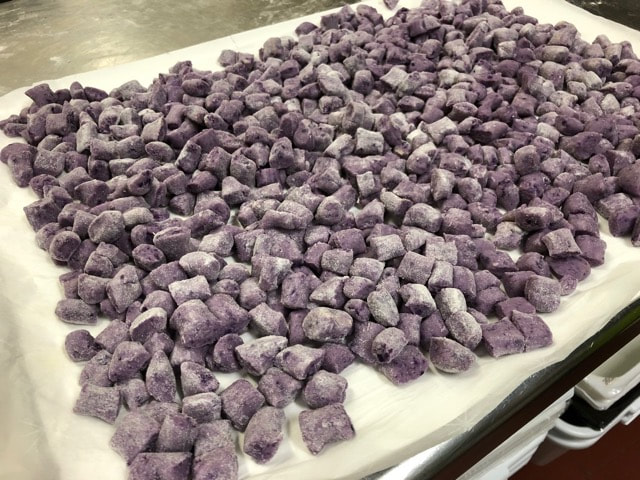
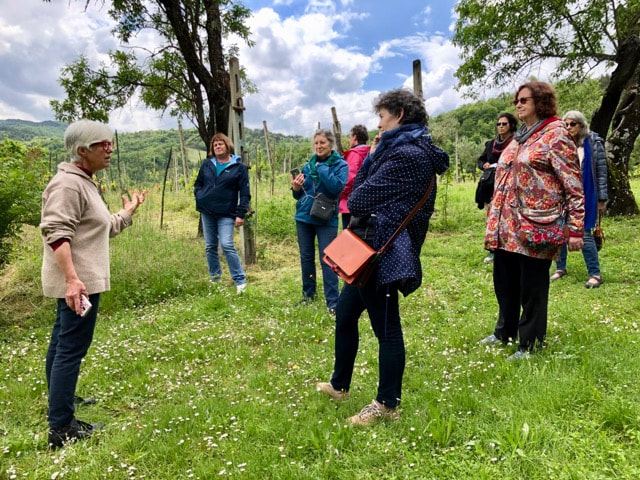
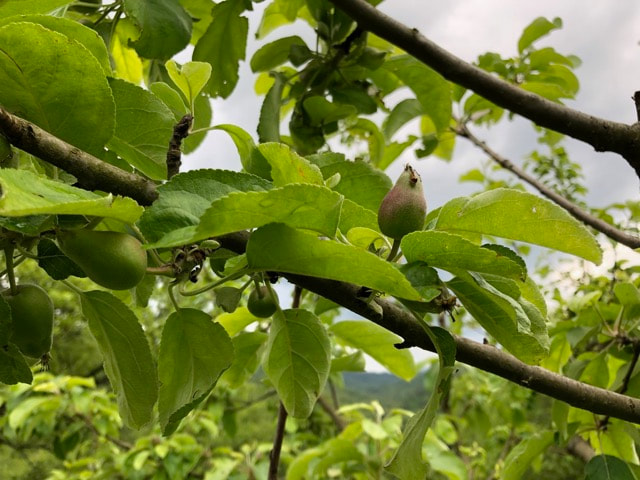
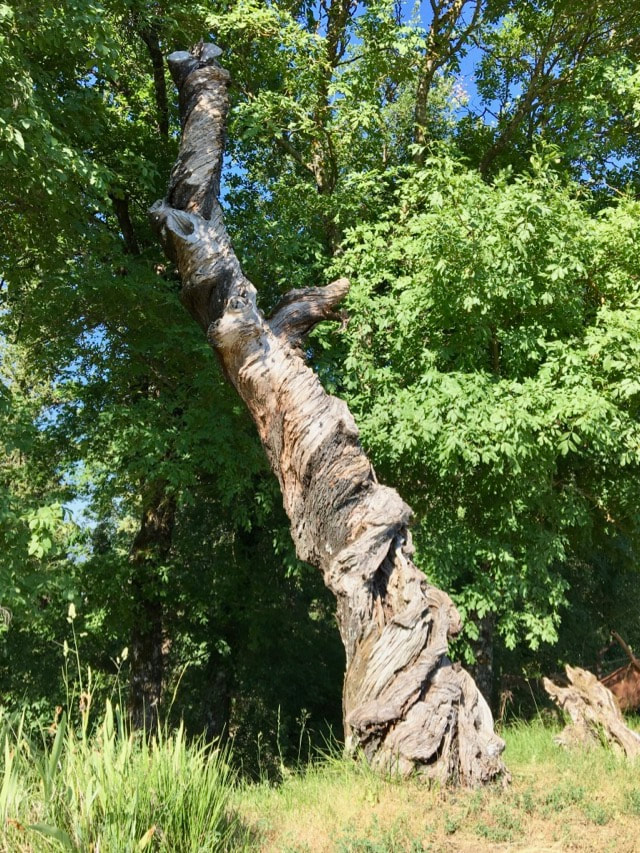
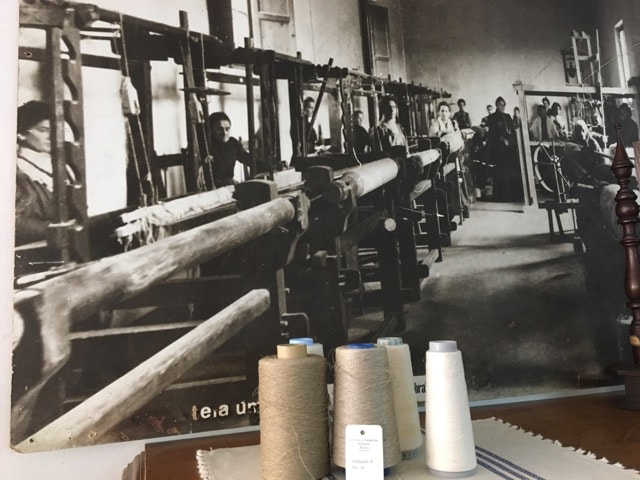
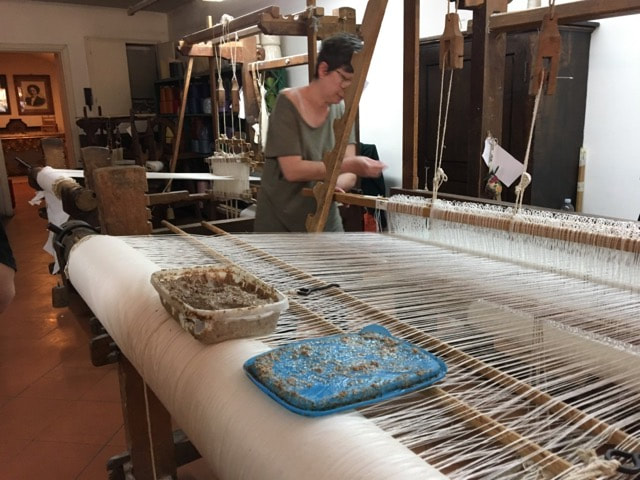
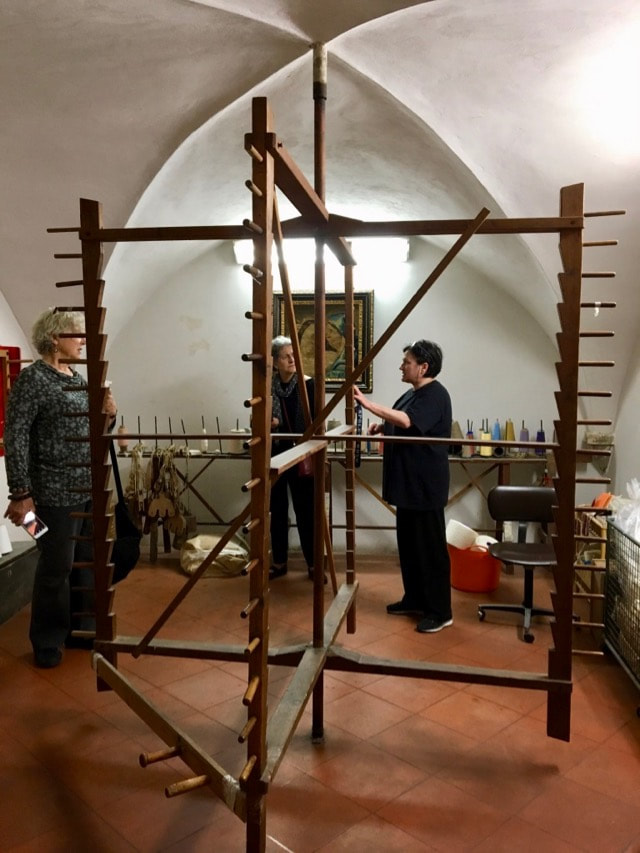
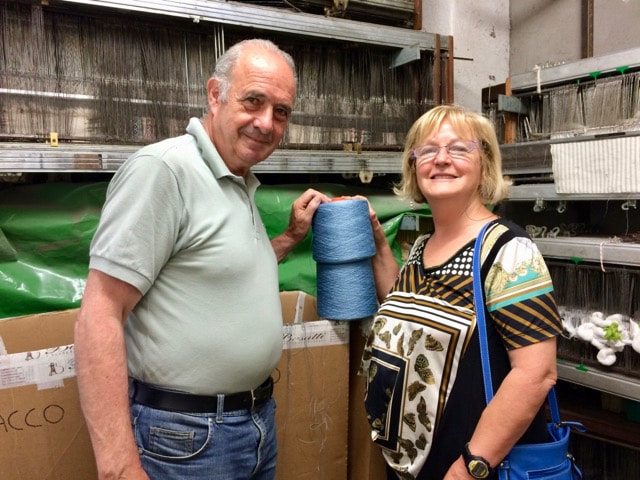
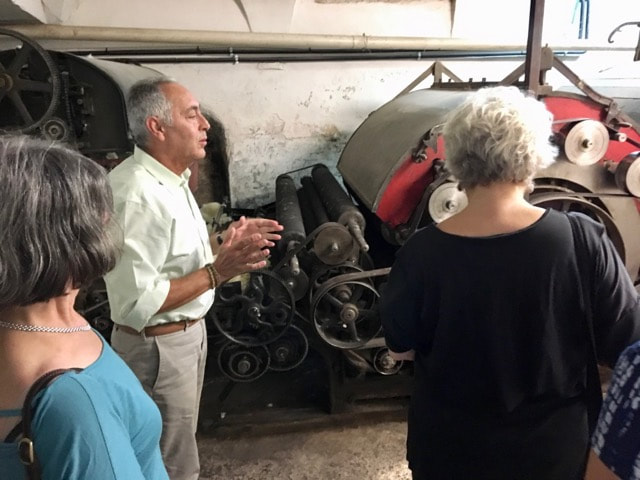
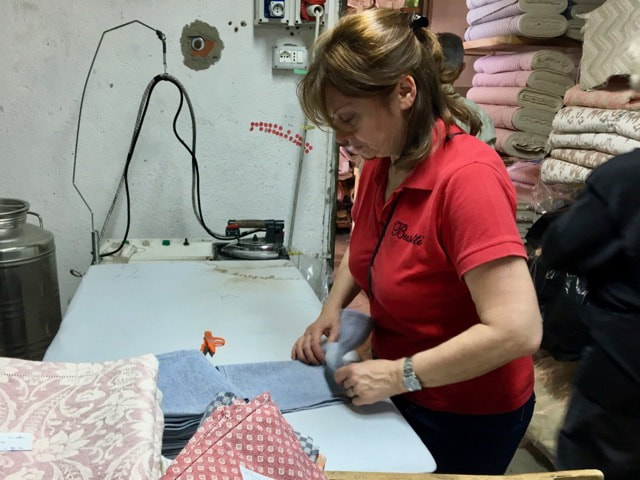
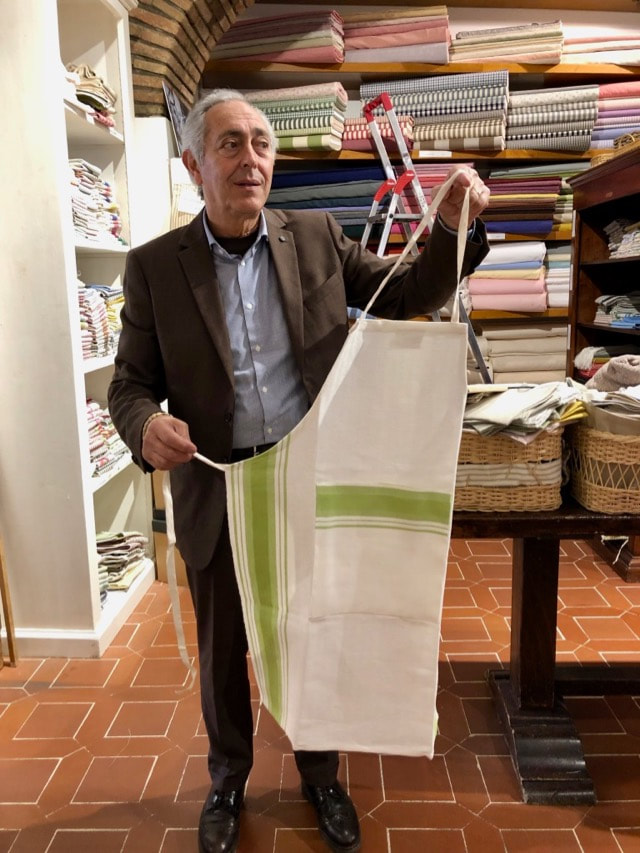
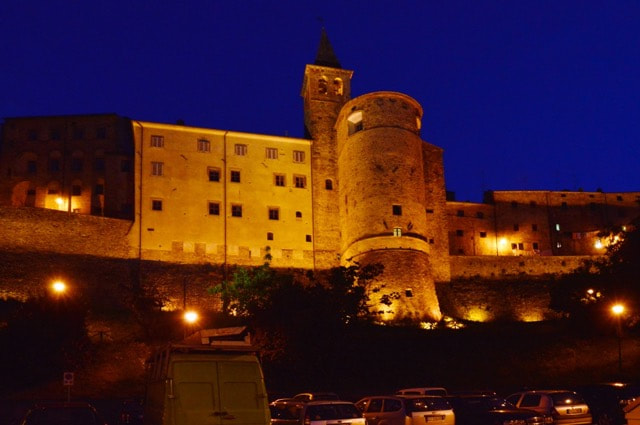
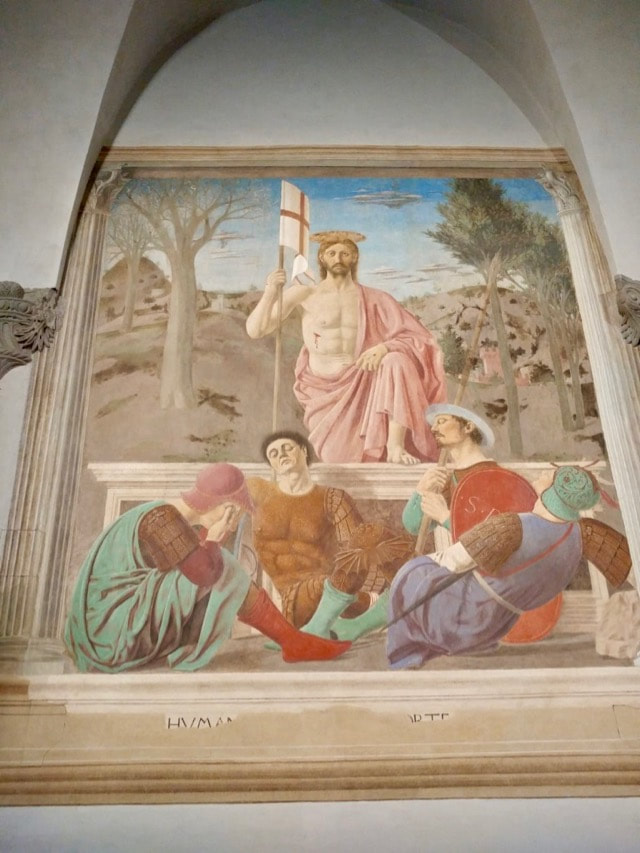
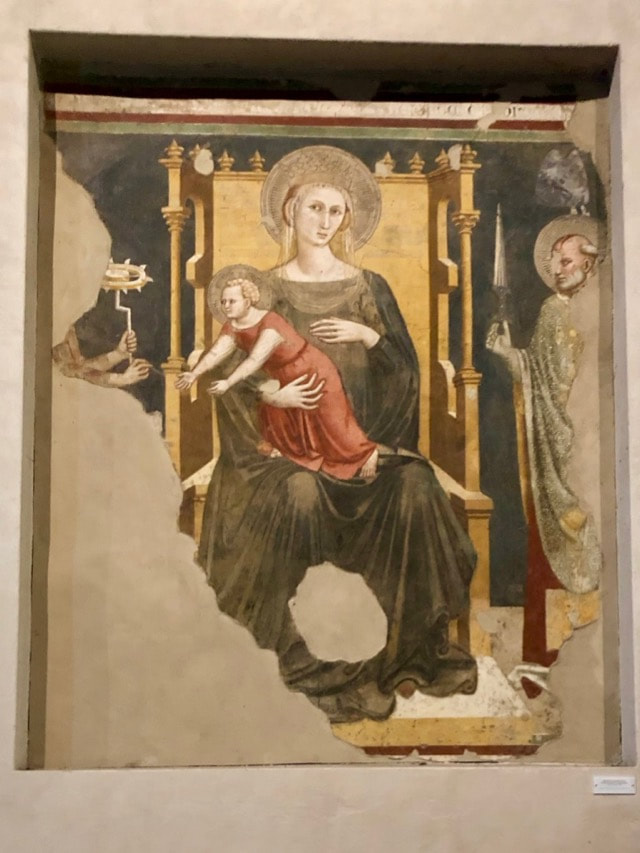
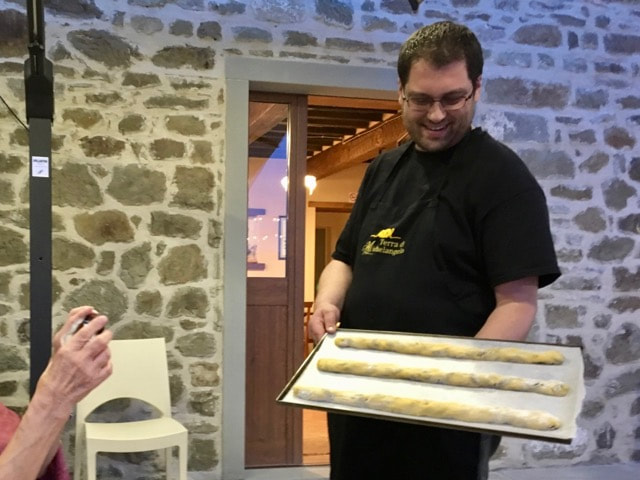
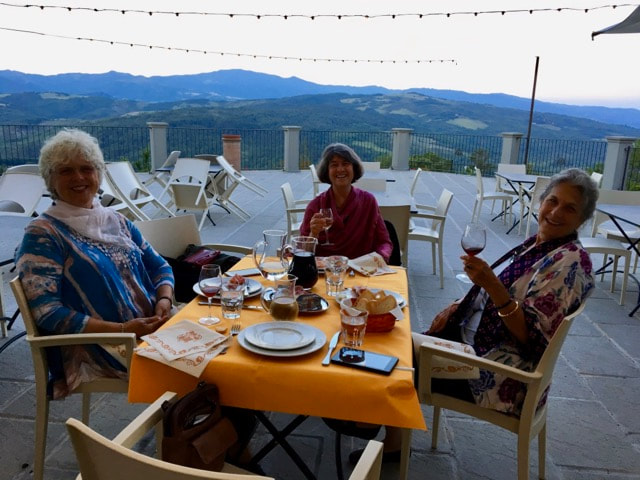
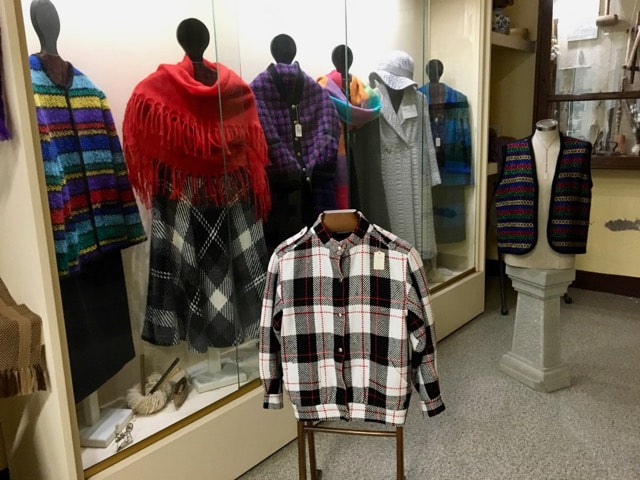
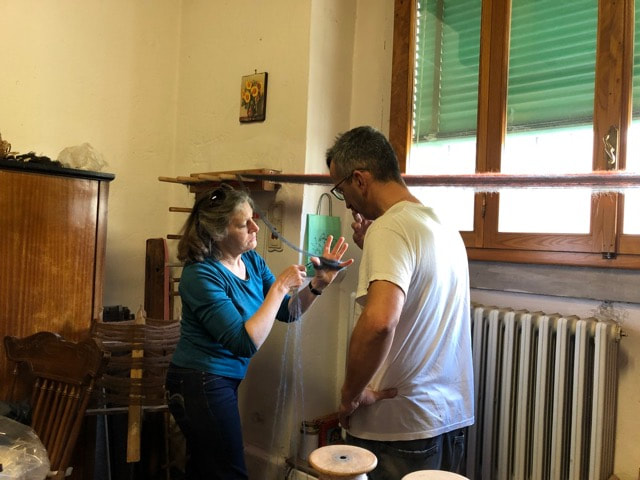
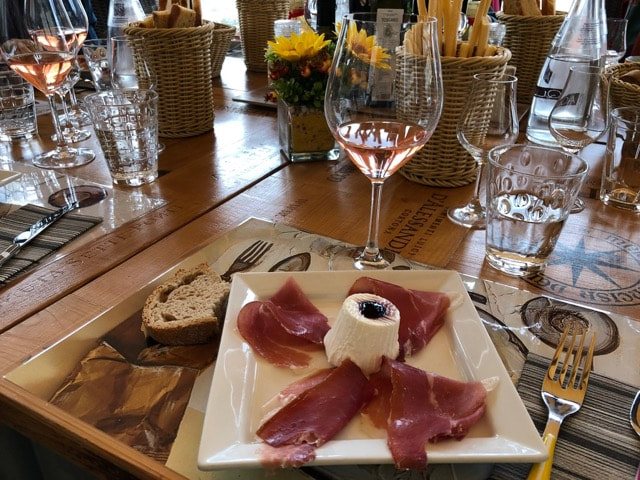
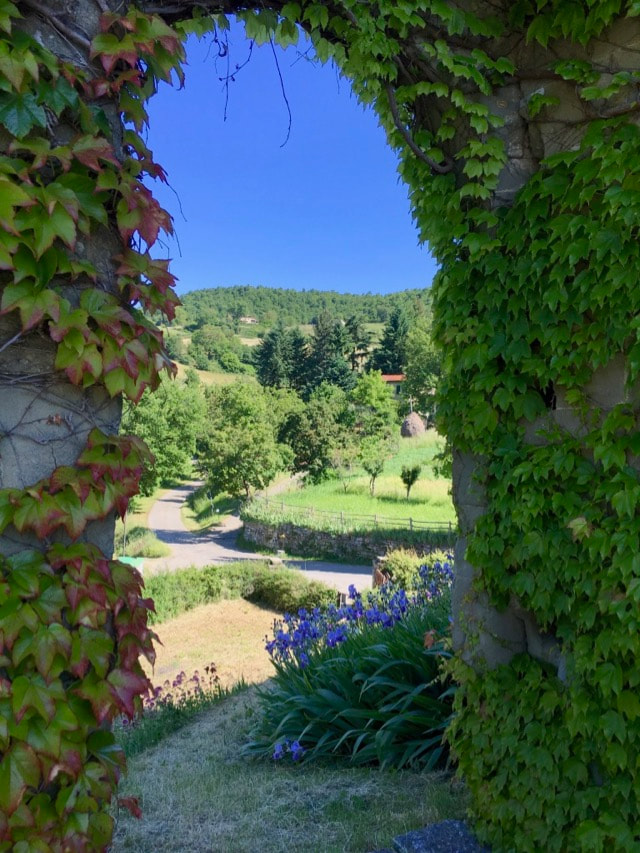
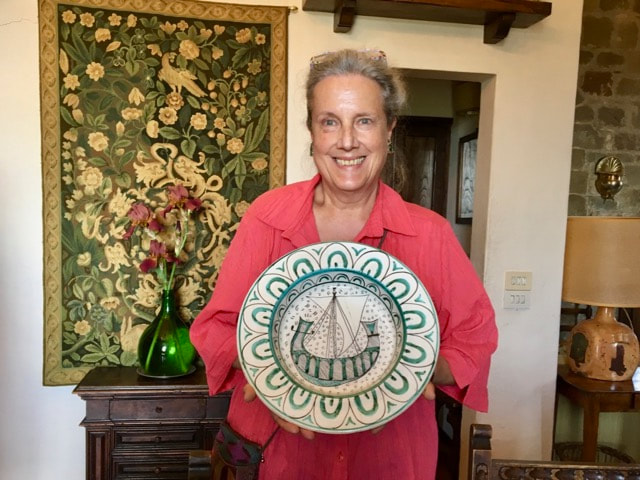
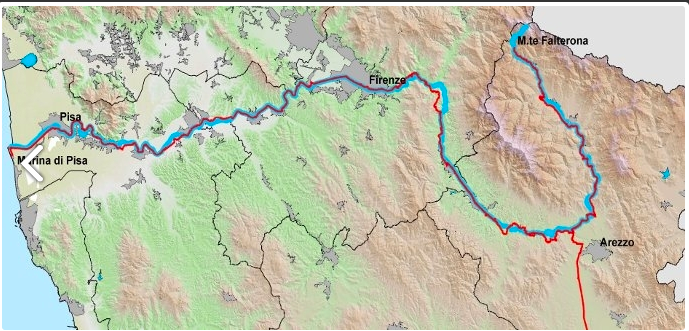
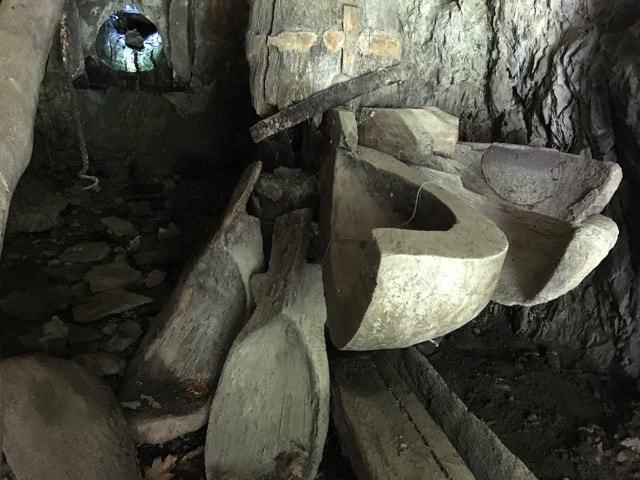
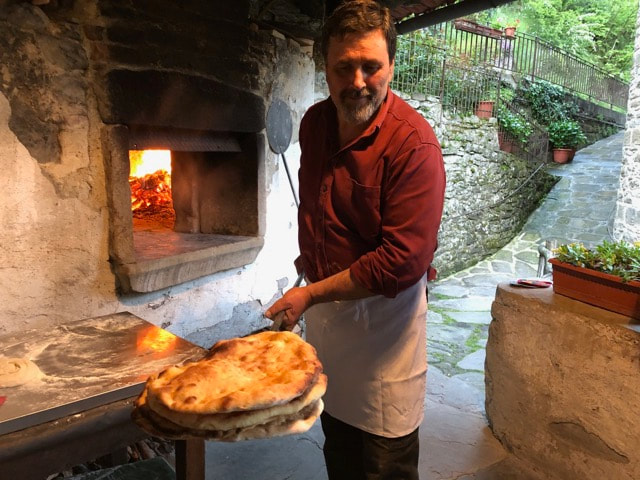
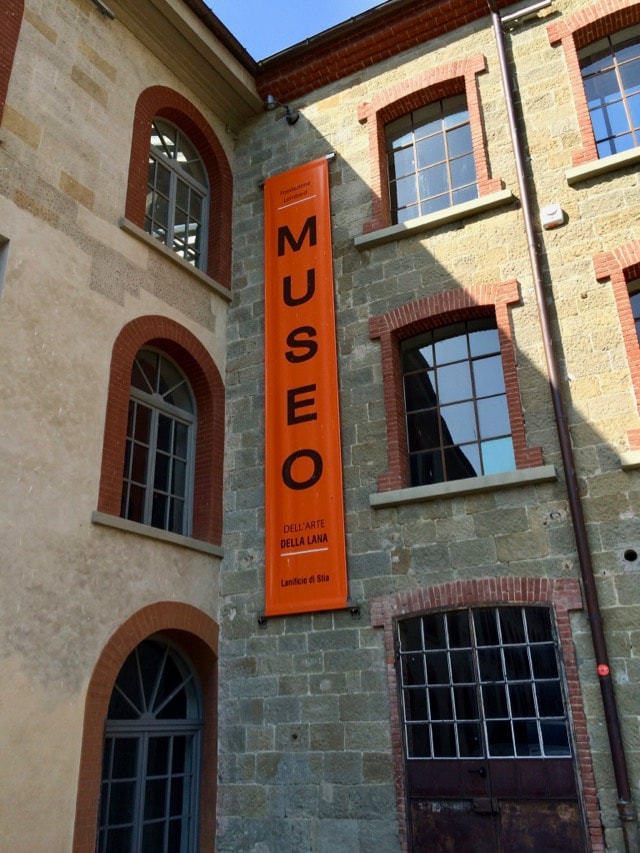
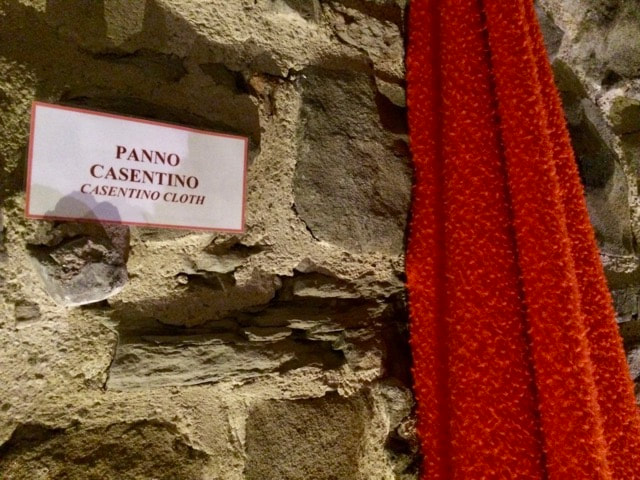
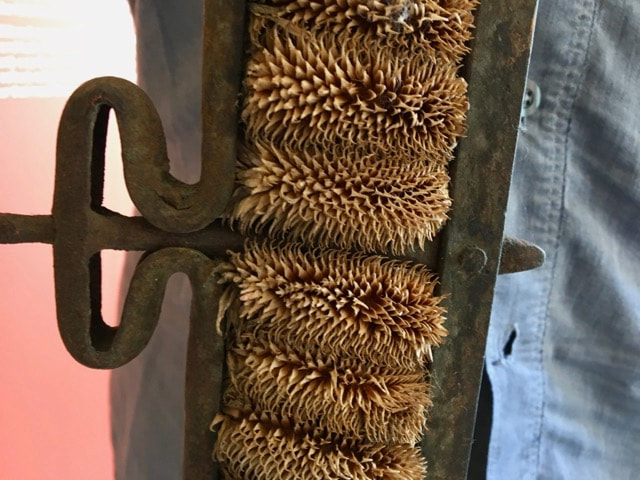
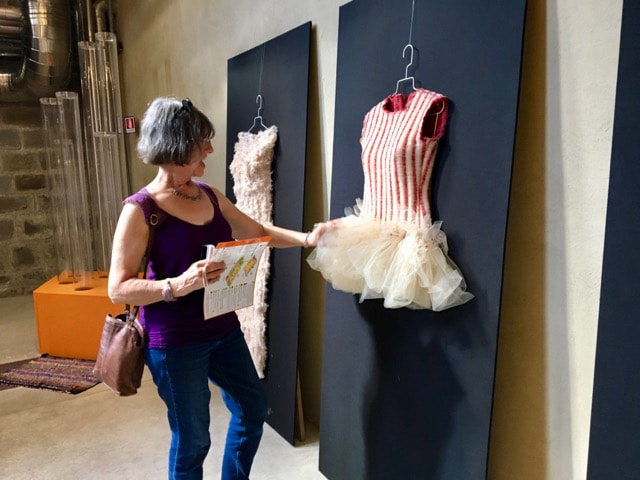
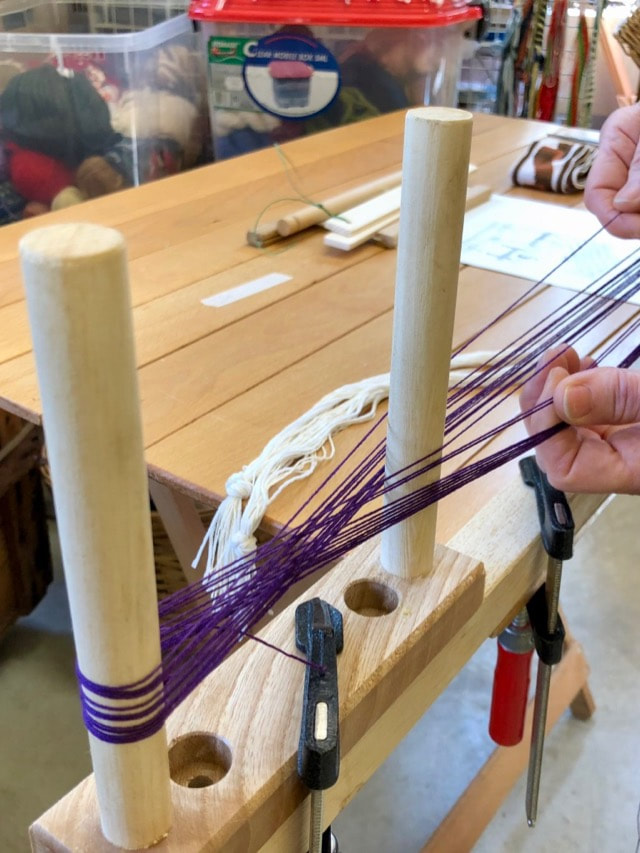
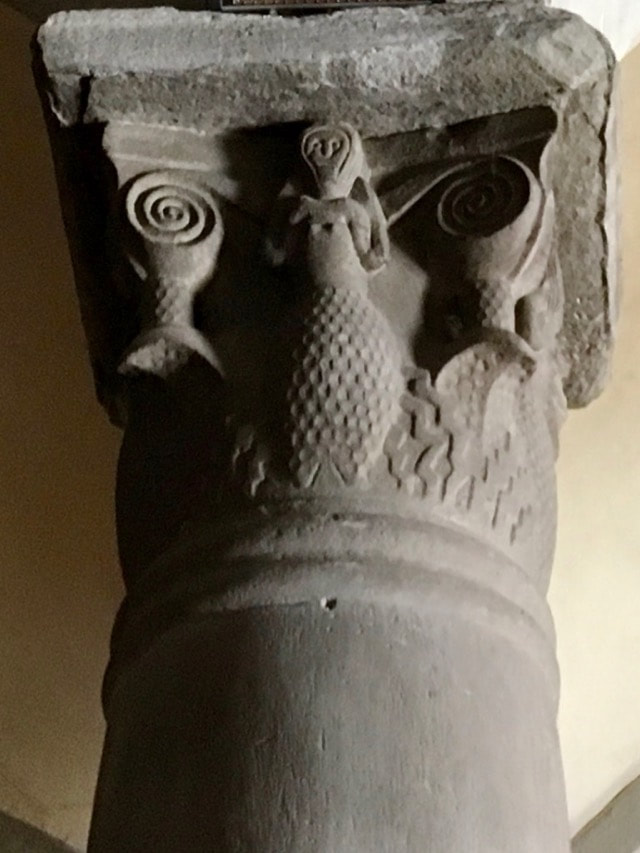
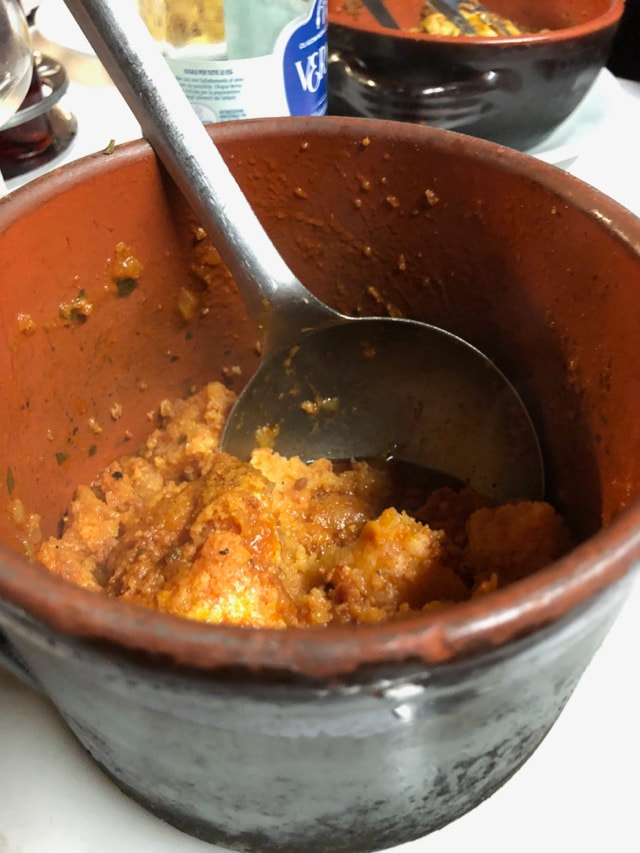
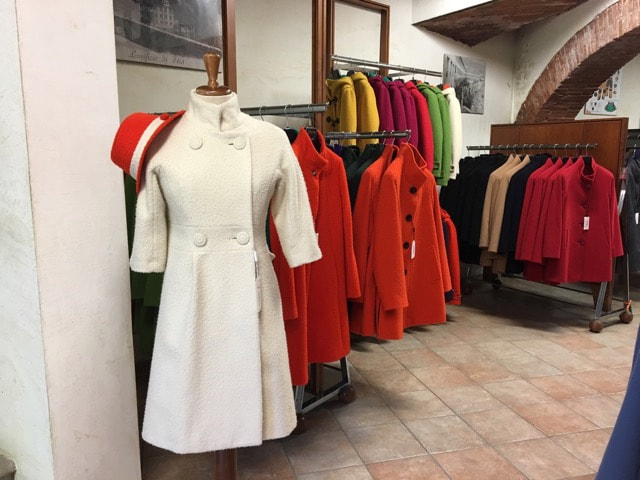
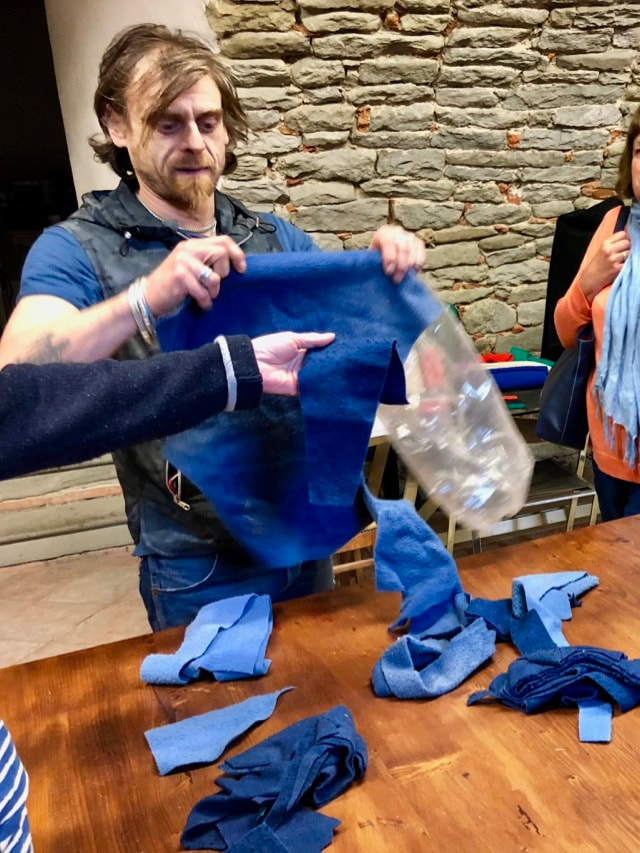
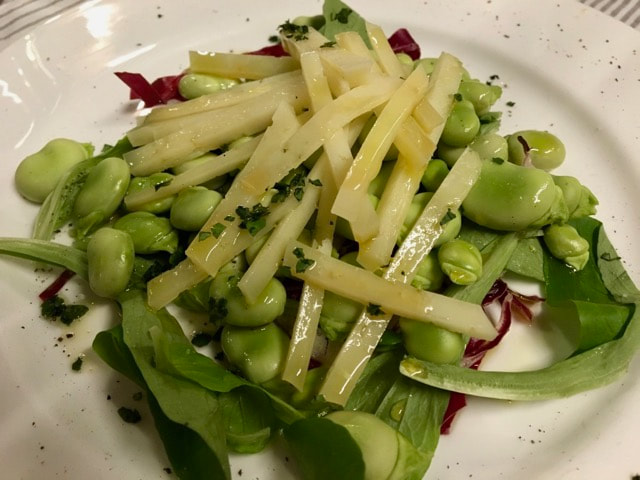
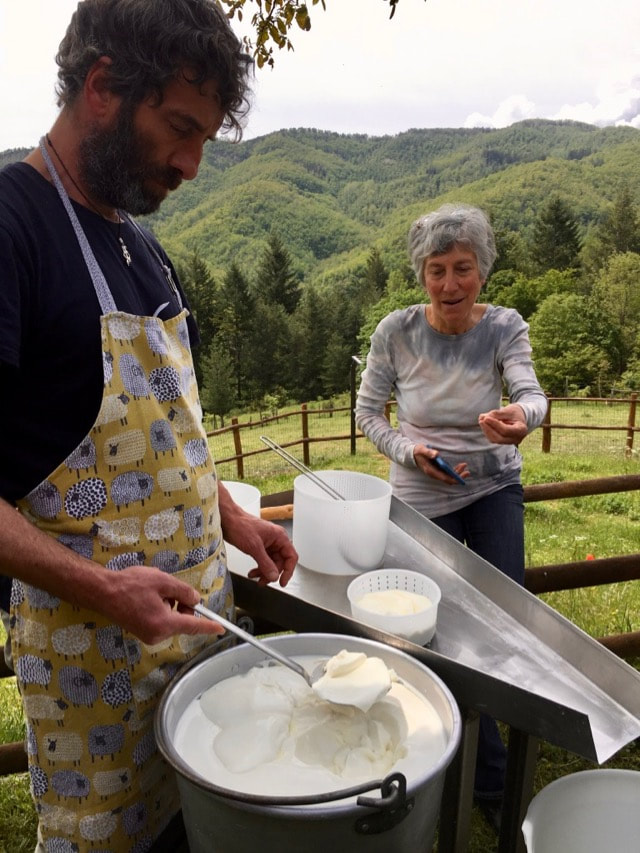
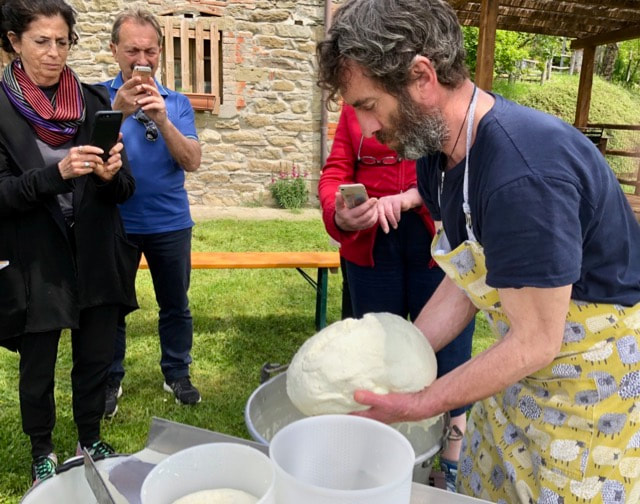
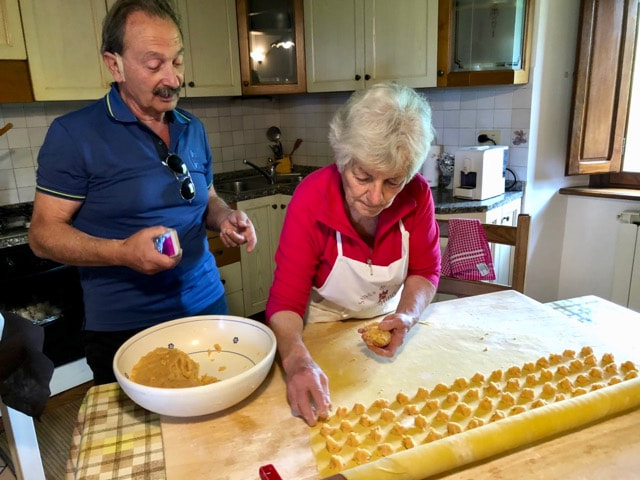
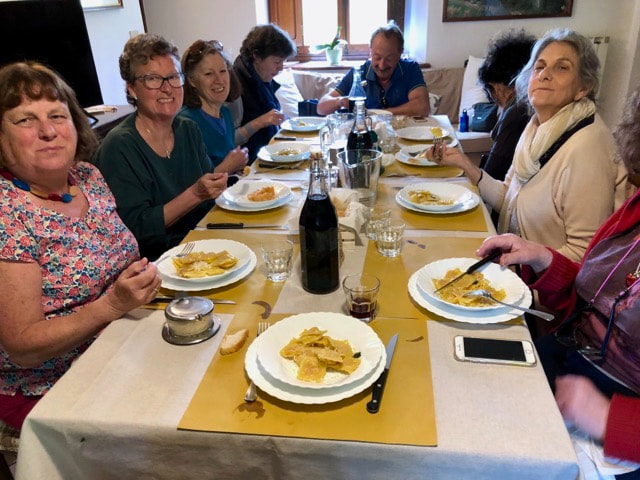
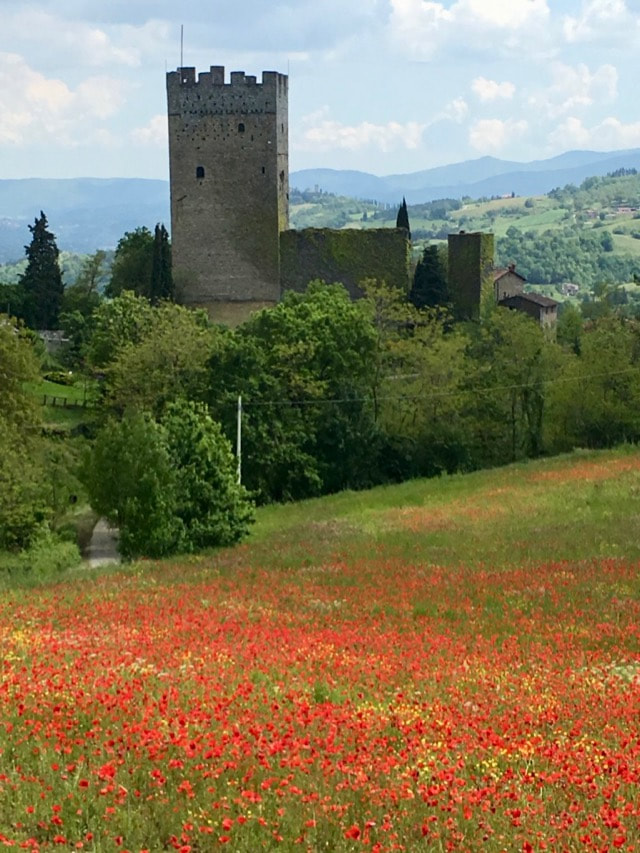
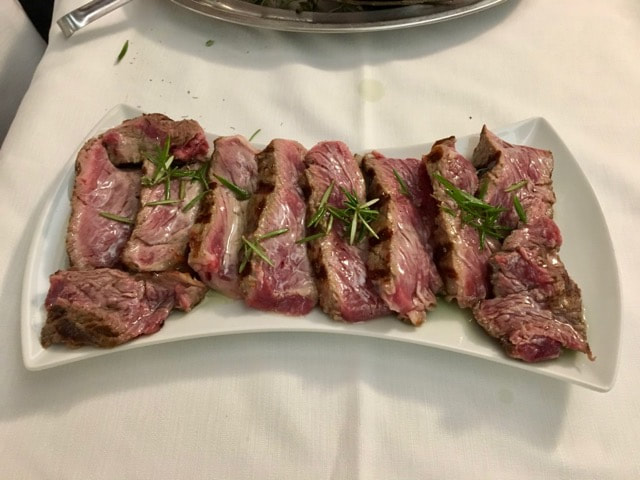
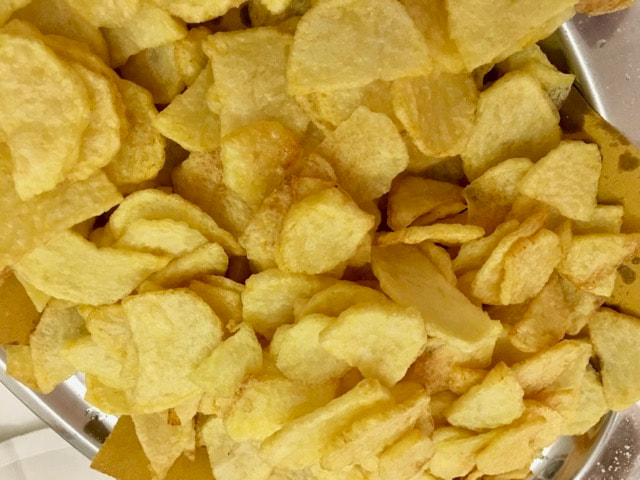
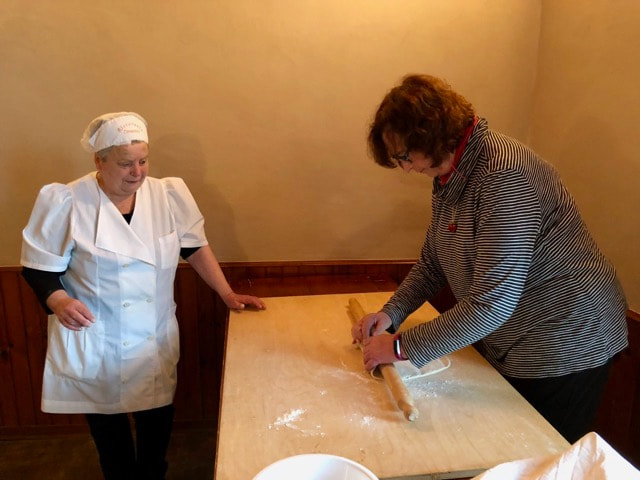
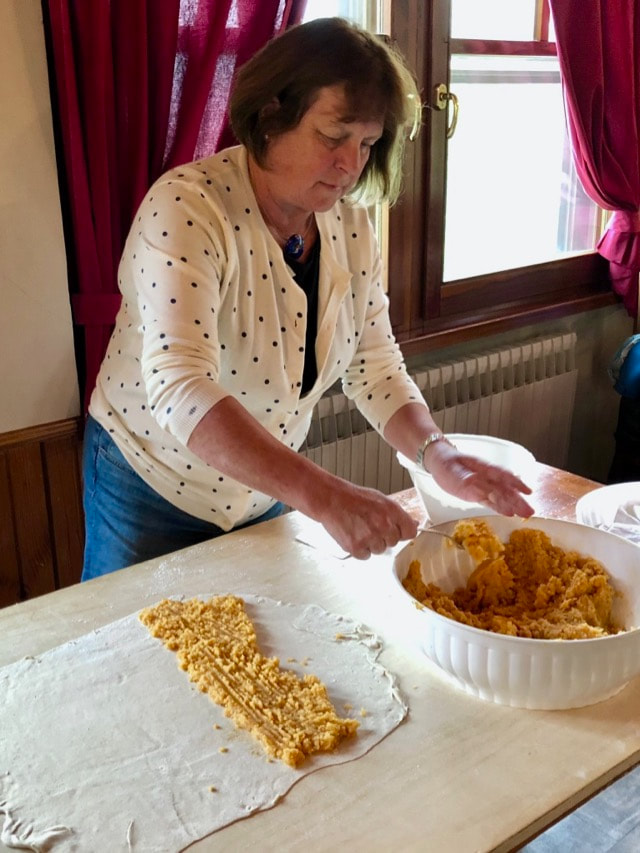
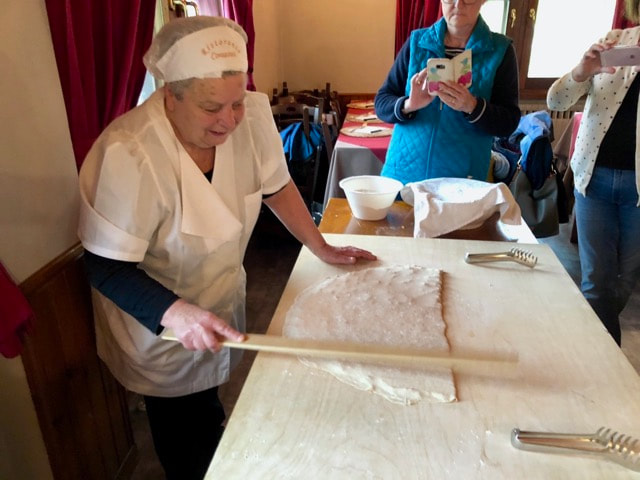
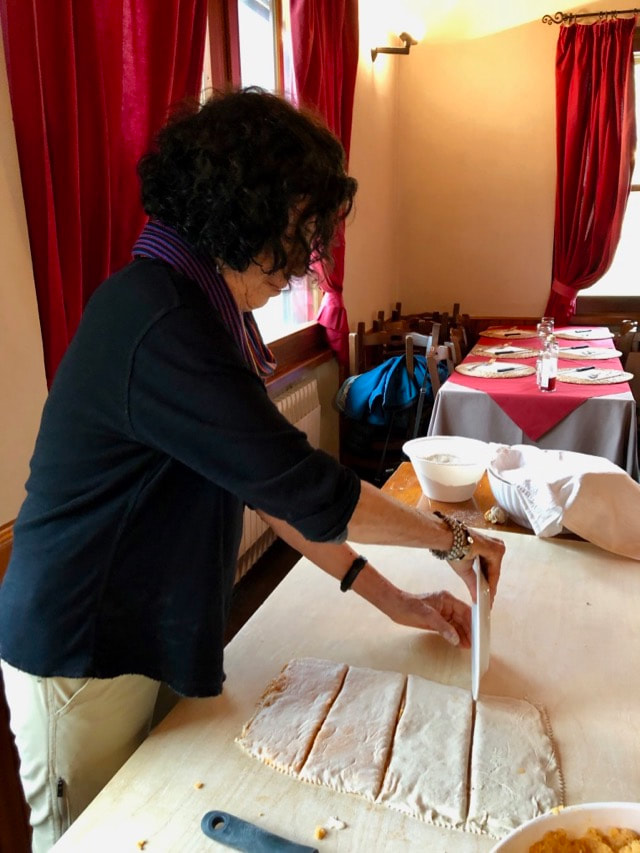
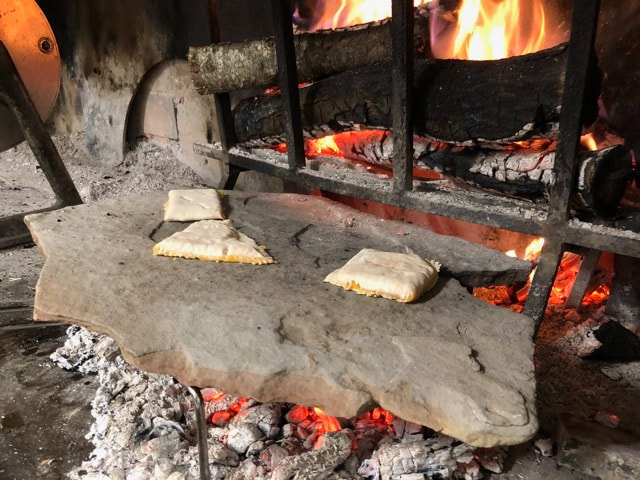
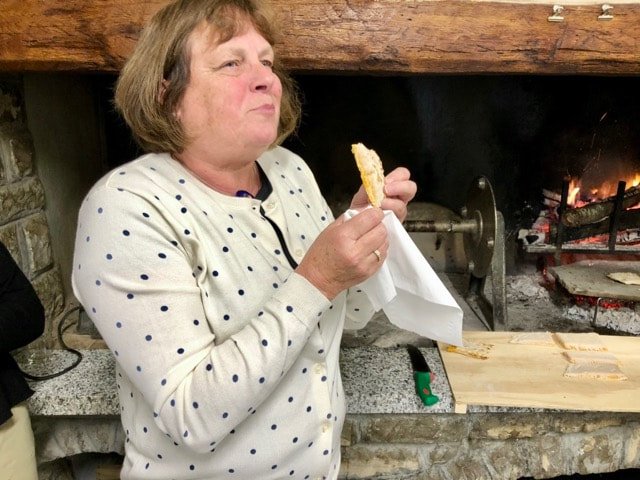
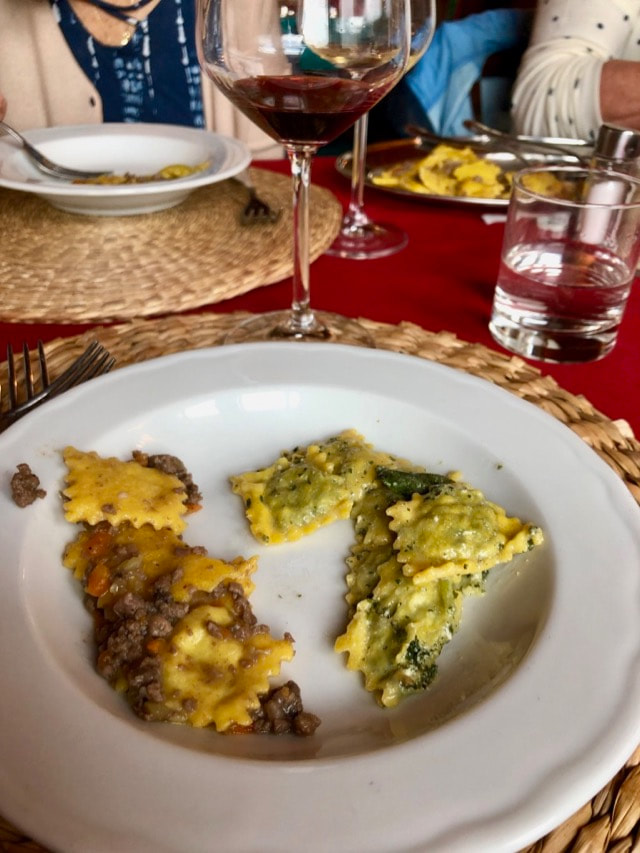
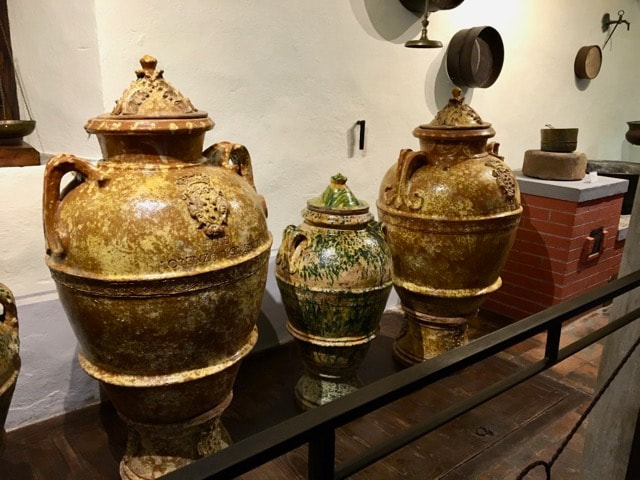
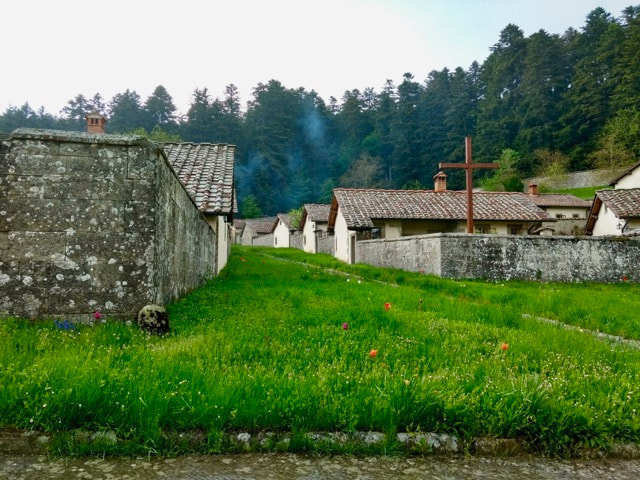
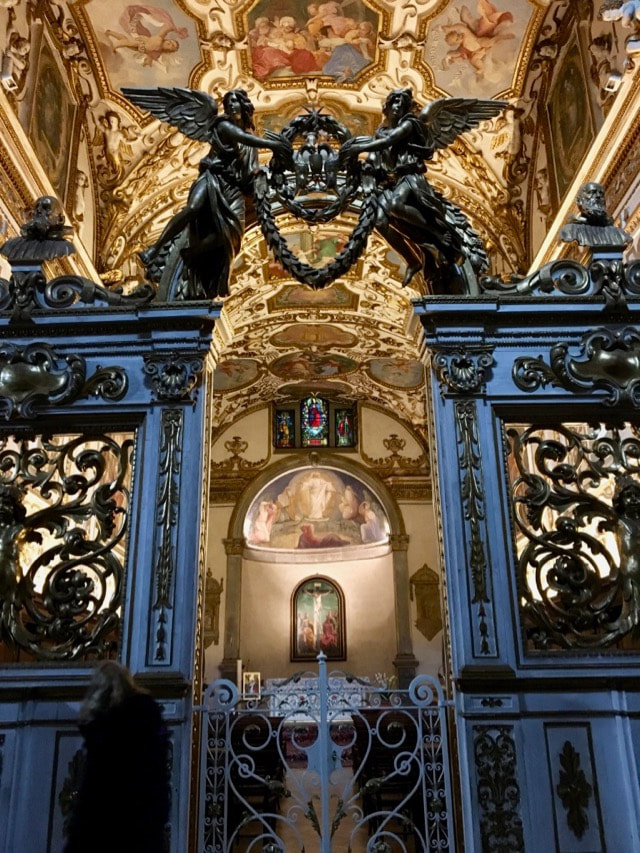
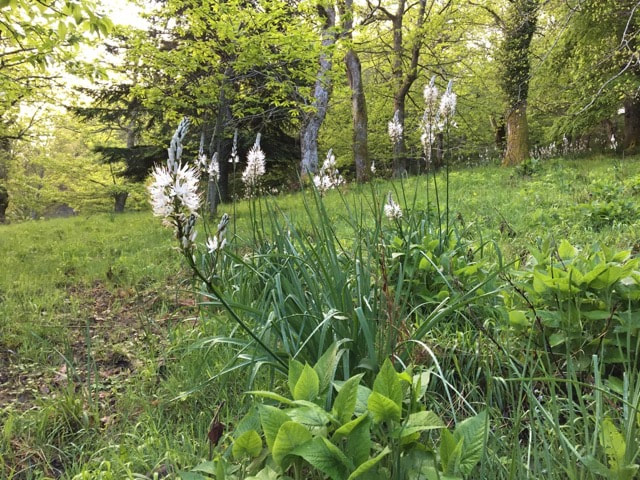
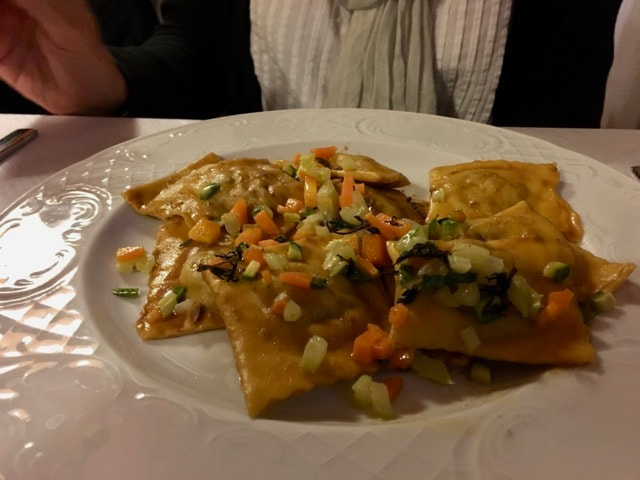

 RSS Feed
RSS Feed



